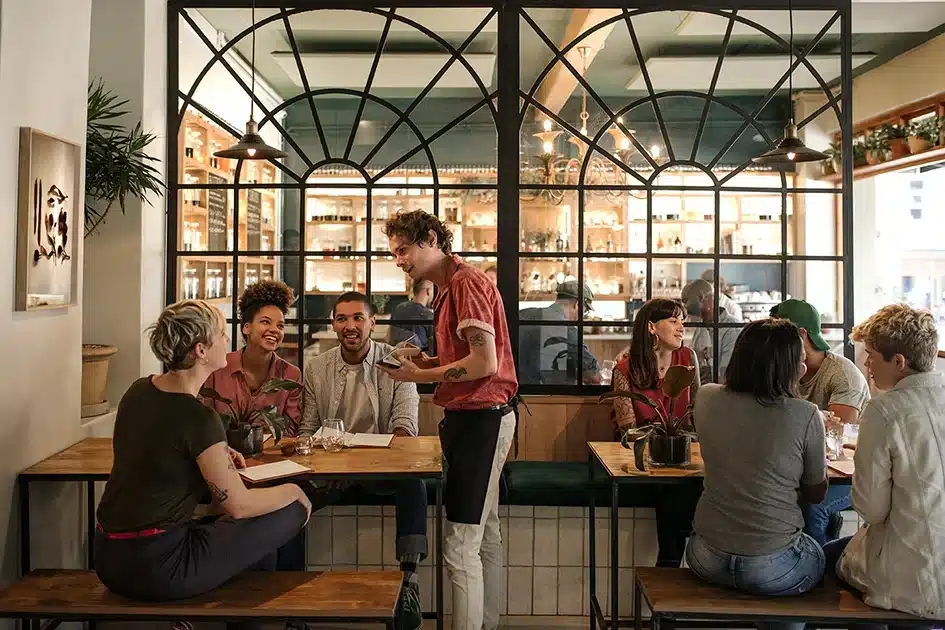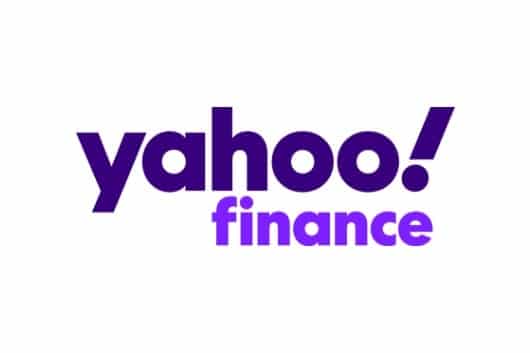Table of contents
Whether large or small, restaurants have a tendency to become staples in their local communities. Some towns have restaurants that have operated in the same spot, with the same ownership, for decades, while others have new spots that pop up and start a craze among residents and tourists alike. With such fierce competition, having a consistent capital source and the right financing options can be the difference between success and failure.
There are a variety of sources that restaurants turn to for funding, such as bank loans, investments from partners/angels, credit cards, lines of credit, and alternative lending. Each option comes with its own set of pros and cons, so it's important to research what works best for your restaurant before making any financial decisions.
Understanding all of your options is the only way to ensure you’re making the right decision for your business. Let’s explore the many ways to finance your restaurant and, more importantly, how to choose the right one for your specific circumstances.

What Kind of Restaurant Equipment Can You Finance?
Restaurants have a wide variety of equipment needs, from stoves and refrigerators to dishwashers and ovens, and all of it can be expensive. Fortunately, there are financing options available for any piece of restaurant equipment, including| Stoves Refrigerators Dishwashers Ovens Food processors Blenders Fryers Vehicles | Ice machines Commercial mixers Slicers Grills Dishwashing machines Restaurant POS systems Computer systems CRM software |
|---|






